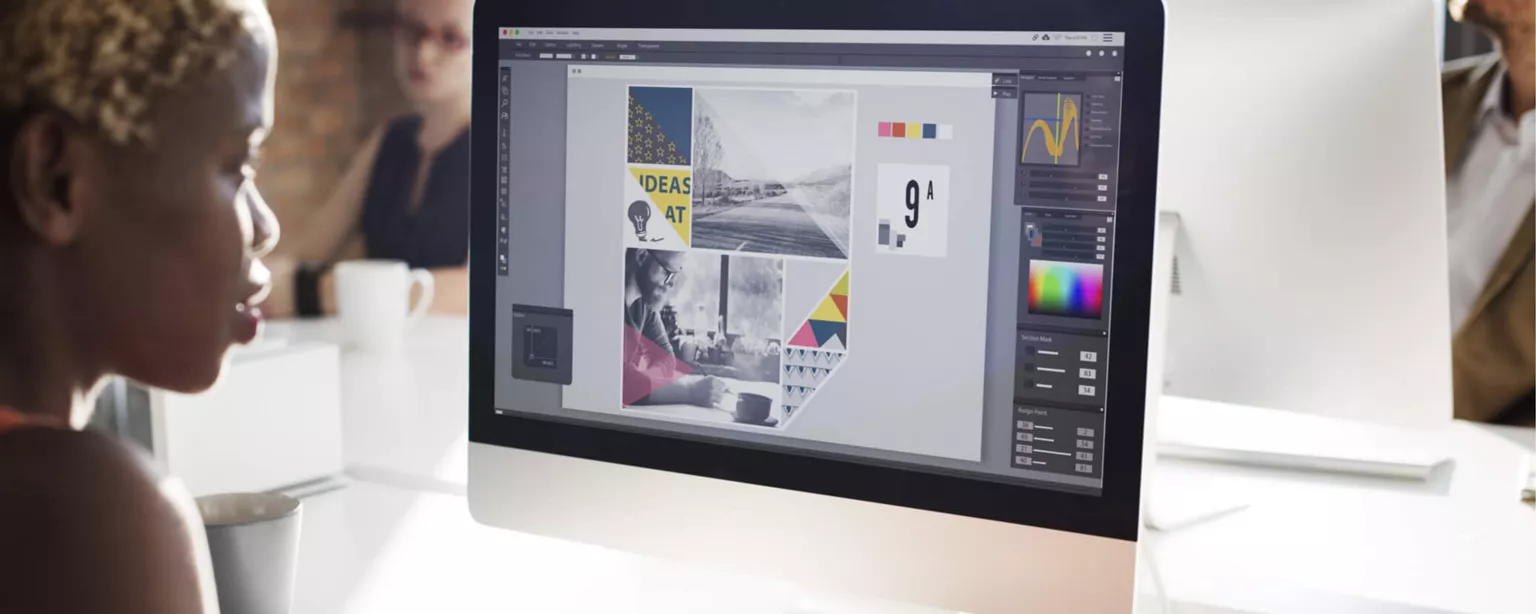The San Francisco area can sometimes feel like an open playground for creative professionals, especially graphic designers. The market is demanding — technical wizardry and versatility are a must. But skilled graphic designers can find ample job opportunities in the Bay Area, which is home to employers ranging from Facebook, Uber and Industrial Light & Magic to Gap and Salesforce. Add to that list the countless cutting-edge agencies serving the region’s big-name brands, as well as the many startups aiming to become the next big thing.
The extremely low unemployment rate in San Francisco and San Mateo counties — which sits at 2.8 percent, well below the national average — creates an environment where companies often compete for top talent. In fact, there’s a significant candidate shortage for graphic designers, particularly those who possess strong digital skills, says Karin Katselis, a senior vice president of The Creative Group.
“In the San Francisco area, candidates have more choices and more job opportunities," Katselis says. “I used to call candidates about an open role and they’d be so excited for the opportunity; now they have multiple opportunities to choose from. Sometimes it seems like there are not enough designers to go around.”
How can you land the job of your dreams, and what kind of salary can you expect as a graphic designer in San Francisco? Here’s a look at current compensation and hiring trends to help give you a leg up over other candidates.
Graphic designer salaries in San Francisco
You can find projections for the salary midpoint for a graphic designer in San Francisco. Just access the Robert Half Salary Guide for breakdowns on salaries for candidates who have had just junior roles in a small organization and those with extensive experience in larger companies or specialized skills, such as animation or video editing.
Salaries in San Francisco will likely be higher than other parts of the country, considering that living and working in the city isn’t cheap. Scarce housing helps drive up the cost of living, which is among the highest in the U.S.
GET THE SALARY GUIDE
Getting in the door for graphic design jobs
Employers vary in their requirements for graphic designers, but several attributes consistently show up in San Francisco job postings:
- Two to five years of experience
- A four-year degree in design is preferred
- High proficiency in Adobe Creative Cloud (formerly Creative Suite): Photoshop, Illustrator, InDesign, Premier and After Effects
- Knowledge of marketing and web design principles
- Deep understanding of current trends in typography, colors, layout, media and branding
- Experience with MS Office, especially PowerPoint
- Familiarity with HTML5, CSS and Javascript
- Proficiency with video production software, such as Final Cut Pro, is a plus
- An impressive online portfolio
Hot areas of expertise: mobile and user experience
In San Francisco, graphic designers with a background in mobile products and user experience (UX) have a competitive edge — and greater earning potential. Employers seek candidates who understand how a design translates to smartphones and tablets and can implement such responsive design techniques.
“Historically, ‘graphic design’ referred to print, but it’s morphing into digital,” Katselis says. “Employers need people with interactive experience. The more well-rounded a graphic designer is and the more crossover skills they have, the more desirable they become.”
Soft skills can tip the scale
Checking off all the required technical abilities may get you an interview, but hard skills alone won’t land you the job. Employers seek creative professionals with strong leadership qualities, excellent written and verbal communication abilities, and strong attention to detail. To really catch a hiring manager’s attention, brand yourself as a savvy graphic designer who has a deep understanding of the field.
In your job interview, be sure to highlight abilities like:
- Familiarity with the employer’s history and industry — be it healthcare, technology or marketing/advertising
- Giving presentations for various groups, from in-house peers to potential clients
- Working with minimal direction, either solo or in groups
- Excellent time management
- Diligently keeping up with trends, technologies and best practices in the design industry
“Having soft skills and the ability to assimilate into a company culture is so important,” Katselis says. “During the interview, showcase your good personality and maintain eye contact. Ask good questions. Highlight that you can get along with others and are diplomatic. Communicate clearly. When going through your portfolio, strategic thinking should be implicit. Employers want to know about the thinking behind your design work.”
Start your job search now
Ready for your next challenge? Take a look at our open graphic design jobs in San Francisco now!





